A River Oaks Home Like No Other — This Modernist Dwelling on the Banks of the Buffalo Bayou Connects the Inside to the Outside
Architect Christopher Robertson and His Architect Wife Vivi Nguyen Spent Two Years Designing a Masterpiece
BY Shelby Hodge // 07.09.202 Tiel Way, asking price $6.9 million, listed with Jay Monroe of Martha Turner Sotheby's International Realty (Photo by Jack Thompson Photography)
When architect Christopher Robertson took on the task of remodeling the MacKie & Kamrath home at 2 Tiel Way in River Oaks, the original plan was to merely update and follow the mid-century modern footprint. But as he got into the project, he says, “We quickly found that it was a fool’s errand. We would have had to rebuild the whole thing anyway.”
Robertson and his wife, architect and partner Vivi Nguyen, devoted two years to designing and building the dwelling on the banks of Houston’s Buffalo Bayou creating a sophisticated abode that speaks to the modernist creative bent that informs much of their work. (Their own home, an homage to Japanese minimalism, was featured last month in Architectural Digest.)
“We both strive to create spaces that really elicit emotional responses,” Robertson tells PaperCity. “With this house we felt like the material palette and the light and the indoor/outdoor connection does that. It was less about how does the house look. It was more about how does the house make you feel.”
The dwelling indeed has an emotional pull from the vast expanses of glass that overlook an almost jungle-like ravine landscape on one side to a manicured minimalist garden on the other. As one tours the house with Robertson, excitement soars just as the ceilings of the cathedral-like great room and dining room wing upward.
Two primary axises, anchored by a sunny yet lush interior courtyard, lead the visitor on the journey that had one guest comparing the sleek residence to that of an Aman hotel, the international luxury hotel group noted for its modern design. Robertson was pleased by the analogy.
“There is a sense of movement to the design,” he says. “As you move through the house you get such varied experiences.”

There is the sophisticated coziness of the living room, the airiness of the open plan kitchen/dining room and its relation to the great room; the elongated hallway, reminiscent of Frank Lloyd Wright, that connects the bedrooms and master suite to the main structure; and the addition of an exterior deck running the length of the ravine on one side.
The selection of materials used the in the design create powerful imagery as well including rift cut white oak, Siberian larch, hand-troweled plaster, black granite and leather accents. Elements such as the copper roof and copper wall panels
“We used his (Kamrath) core ideas and ran in our own direction,” Robertson notes.
They raised the house, which flooded during Harvey, four feet, two feet above the flood level. The house now appears to be “floating on the landscape.” In consideration of the original design, the living room is to the left of the entry and the bar is tucked behind cabinetry just inside the front door.
While the house was custom built for a specific client, fate intervened and the house went on the market, listed with Jay Monroe of Martha Turner Sotheby’s International Realty. With an initial price tag of $6.5 million, it sold shortly after the first open house.
























































_md.jpg)



_md.jpg)


_md.jpg)






























